BT is an abbreviation of the scientific name of a species of bacteria, Bacillus thuringiensis, that kills some groups of insects. BT occurs naturally and is commonly found in soils worldwide. It was first discovered infecting silkworms over 90 years ago in Japan, where it became known as Sotto disease.
It is important to realize that BT is not a synthetic chemical. BT products contain the highly specialized protein crystals and dormant spores of bacteria. These are only activated when they are eaten by a susceptible species of insect. Unlike broad spectrum insecticides, BT is highly specific—that is, it affects only certain species of insects and has no effect on others.
BT begins to work after a caterpillar eats a piece of leaf with BT crystal proteins and spores on it (caterpillars are the immature stage of butterflies and moths).
Susceptible caterpillars have a strongly alkaline digestive tract (in contrast, humans and other animals have acidic digestive tracts). When the crystals reach the caterpillar’s gut, they dissolve in the alkaline conditions and release the proteins contained in the crystal.
Through a series of complex biological processes, the proteins disrupt the lining of the gut, which causes the caterpillar to starve. Infected caterpillars may not die for several days, but they usually stop feeding immediately because their digestive tract is paralyzed by the activity of the crystal proteins.
BT is not a synthetic chemical—it is a naturally occurring organism. It is non-toxic to humans, other mammals, birds, fish and most insects, therefore it is a good choice for use on food crops. BT products have been approved for use on organically grown food for many years. Each BT strain infects a relatively narrow range of species. Studies have shown that predatory insects, such as lady beetles, are not at risk if they eat an insect that has been infected with BT. BT does not infect earthworms, nor does it kill honeybees or many other species of insects. BT is an excellent choice for control of many pest caterpillars because it does not harm predatory insects, birds, snakes and other animals that keep pest numbers low in the yard and garden. But it must use in dilute. With full strength, Bt can kill earthworm.
Generally, only the younger caterpillars of susceptible species are killed by the product and even they must eat a sufficient dose of BT to be affected. To be effective on pest caterpillars, sprays must be timed to coincide with the most susceptible age of insect because BT only lasts for a short time in the environment. Unless butterfly caterpillars are in the same place at the same time as the target caterpillars, they would not be at risk of being infected.
To minimize the impact of sprays on non-target caterpillars in a home garden, homeowners should spray only if they are sure the caterpillars are causing significant damage (caterpillar damage often looks worse than it is; plants usually recover quickly by growing new leaves).
There have been numerous studies on how long BT lasts in the environment. In general, it has been found that there is a rapid decline in the ability of the bacteria to infect insects within 12 to 48 hours after it is applied. After the product has been mixed with water and sprayed onto leaves, it is destroyed by the ultraviolet radiation in sunlight within a few days. It is also degraded rapidly by high temperatures and substances on plants leaves. It is also washed from leaves into the soil by rainfall.
Using BT instead of a chemical insecticide to control caterpillars is an important step in reducing your exposure to chemicals in the environment. It is also the best choice to avoid harming the many native beneficial species of insects and other animals.
As with all pest control products, BT should be used only when you know that control measures are necessary. BT lasts for only a few days once it is sprayed, therefore spraying it before caterpillars appear is a wasted effort.
At any garden center, you can find one or more products containing BT to control caterpillars such as cabbage loopers, imported cabbageworm, fruit tree leafrollers and other caterpillars that attack garden plants and trees. The products are in powdered or liquid concentrate form that must be mixed in a larger volume of water to make a spray for plants and trees. Products containing BTI are for commercial applicators for use in community mosquito control programs.


